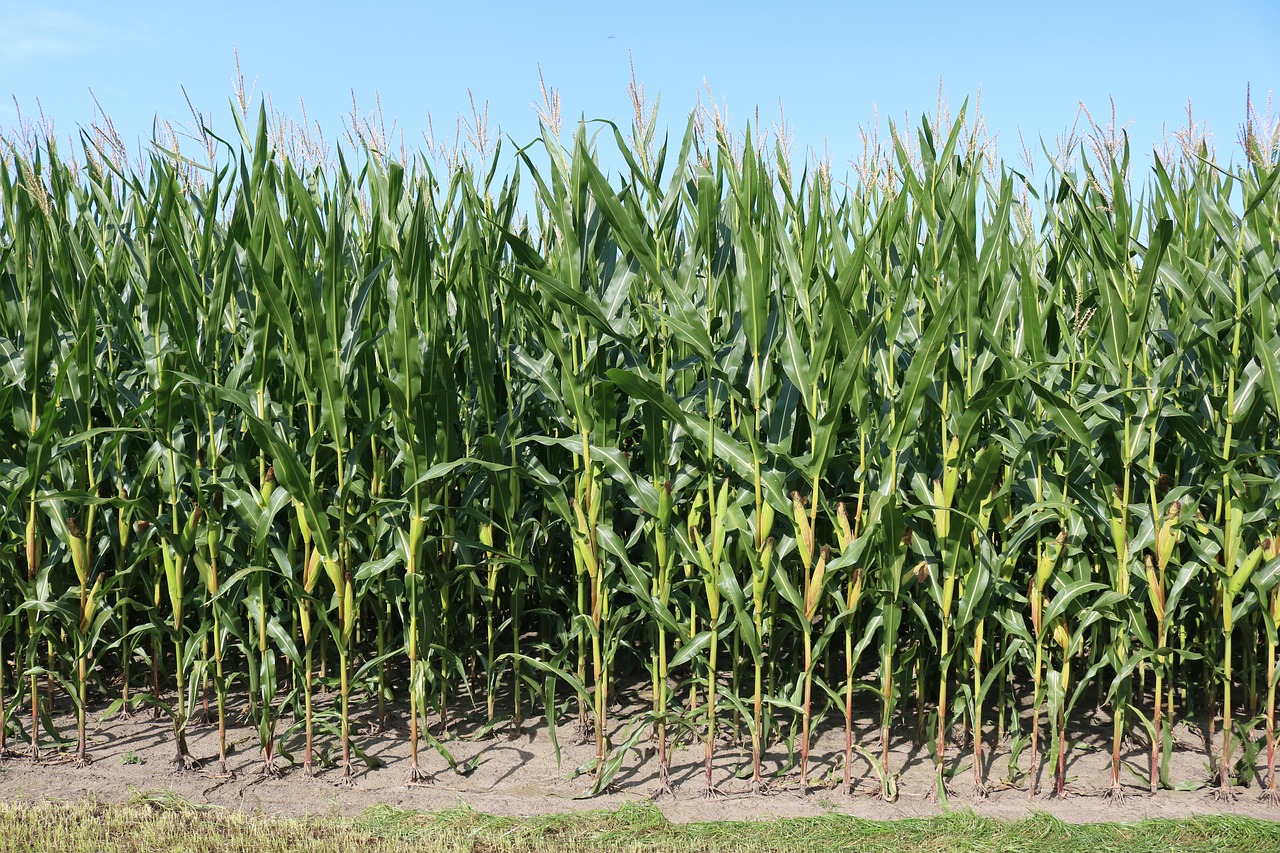Are you aware of food fraud and what this means? This can be a concept that not a lot of people have thought about before. This is particularly true if you have never been in a negative situation concerning the food you have purchased. For instance, there are cases where people have purchased premium foods and it turns out to be made very cheaply and not as good as the brand states. Alternatively, there can be even more dangerous situations that result. For example, someone can have an allergic reaction because an ingredient has not been declared on the list of a product.
First of all, it is important to point out that both of these examples are food fraud. This is a criminal activity that is becoming more common due to the worldwide manufacturing of food. Let’s learn more about food fraud.
What Exactly Is Food Fraud?
First of all, let’s look at the simple definition of food fraud. Essentially, this is an individual or a company deliberately deceives a customer so that they can enjoy an advantage. In other words, there is a deliberately misleading statement or thing through the selling process that makes a customer think something wrong about a product and that brand profits from this.
There are a number of examples of food fraud that can demonstrate exactly what this involves. For example, if a company says that they are using quality meat products, but it is actually containing a cheaper meat source, this can be food fraud. For instance, there was a huge scandal in the UK where horse meat was used instead of beef. In addition, spices are often bought because of their color. However, companies will be committing food fraud if they add dyes in order to mimic this color.
A lot of companies are now investing in good food traceability systems in order to gain consumer trust. This system allows that brand to share accurate information about their food supply with customers, which can help to build trust and loyalty.
Direct vs Indirect Food Fraud
Unfortunately, a consumer’s health can be put at risk from food fraud. This can be in two ways: direct food fraud and indirect food fraud. To begin, indirect food fraud is going to mean that a consumer faces an immediate risk from consumption. This could mean exposure to something toxic. This could be to a small portion of the population, as well as a large one. Then there is indirect food fraud. This is when there has been an omission that can cause a detriment to a consumer. For example, if a brand is missing out on beneficial ingredients in their food. For example, this could be vitamins or minerals. In addition, it could be through something that causes long-term exposure to something that is bad for human health.
Everybody in the food chain has a responsibility to stop food fraud. There are a number of ways a business can do this, from improving their supplier relationships to using special anti-fraud measures.



